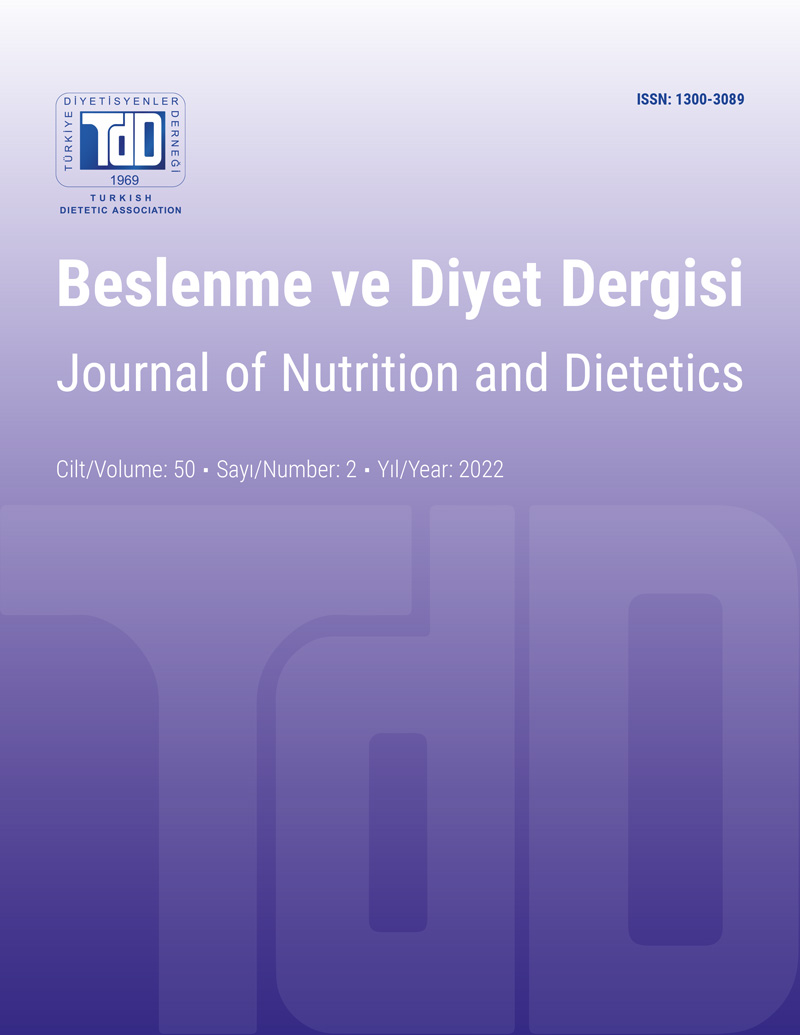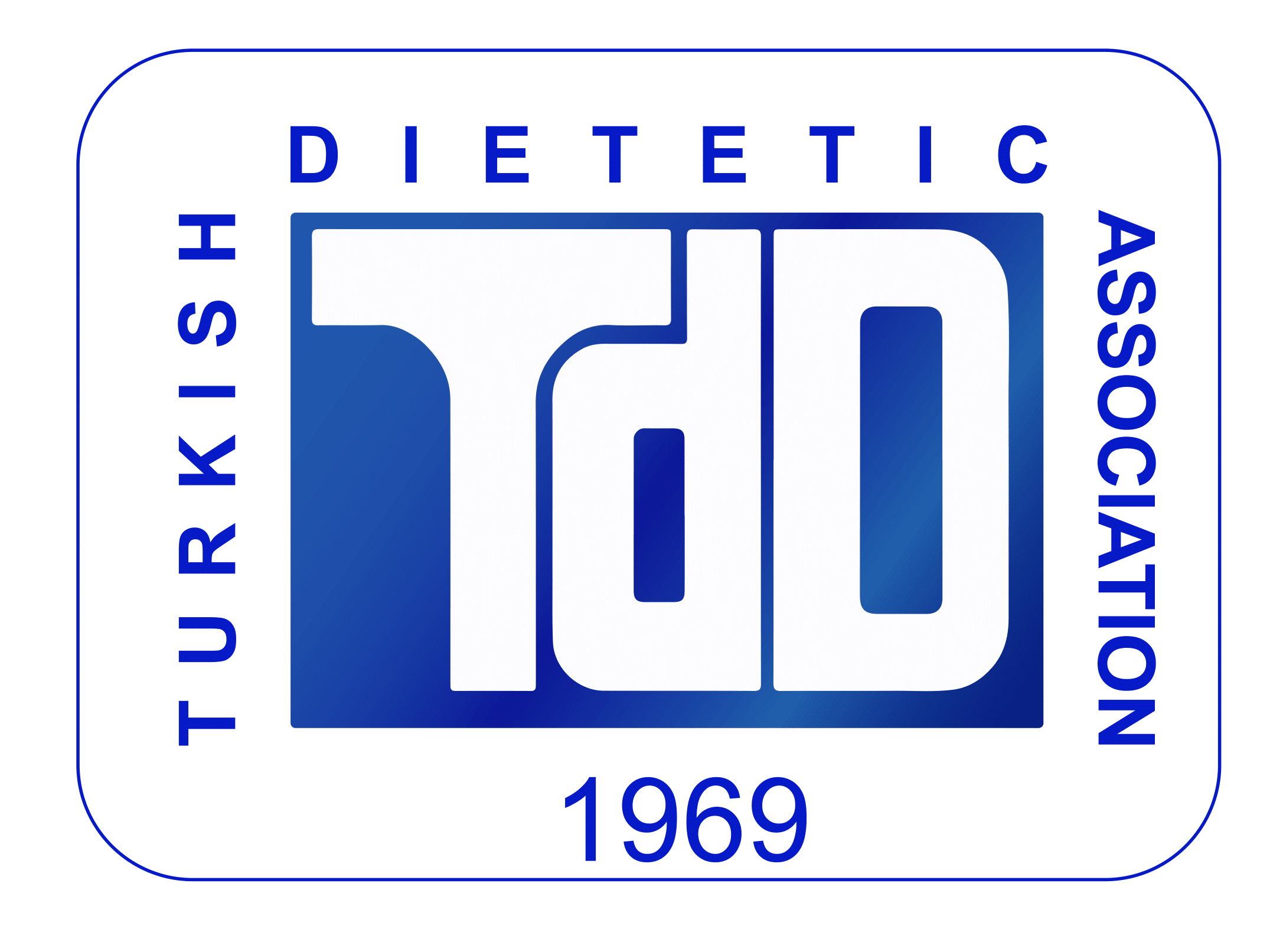Detection of Malnutrition and Sarcopenia Using Remote Malnutrition Application (R-MAPP) in Hemodialysis Patients
DOI:
https://doi.org/10.33076/2022.BDD.1593Keywords:
Hemodialysis, malnutrition, sarcopenia, R-MAPP, handgrip strengthAbstract
Objective: Protein-energy malnutrition, loss of muscle mass, and function are common in hemodialysis patients. This study aims to determine the prevalence of malnutrition and sarcopenia in hemodialysis patients.
Subjects and Methods: Forty hemodialysis patients (50.9±13.8 years) were included in the study. Patients were screened for R-MAPP (Remote Malnutrition APP). This app includes the Malnutrition Universal Screening Tool (MUST) and SARC-F (strength, assistance with walking, rise from a chair, climb stairs and fall) tools. Additionally, data such as biochemical findings, handgrip strength (HGS), and bioelectrical impedance analysis (BIA) were collected from the patients.
Results: According to MUST tool, 35% of patients were at risk of malnutrition. There was a statistically significant difference between the MUST scores and handgrip strength, creatinine, and albumin levels (p<0.05). As the MUST score of the patients increased, albumin, creatinine, and HGS values decreased. Sarcopenia was seen in 25% of patients according to SARC-F scans. There was a statistically significant difference between SARC-F scores and BMI, muscle ratio, fat ratio, total water ratio, HGS, creatinine, and albumin levels (p<0.05). There was a positive correlation between SARC-F scores and body fat ratios of the patients (p<0.01). SARC-F scores were inversely related to muscle ratio, total water ratio, HGS, albumin, and creatinine (p<0.01). HGS showed a positive correlation with muscle ratio, total water ratio, albumin, and creatinine (p<0.01). HGS showed an inverse correlation with fat ratio and BMI (p<0.01). Therefore, linear regression analysis found that creatinine level affects HGS by 34%; body fat rate was affected by 40% (respectively R2=0.347, p<0.01, R2=0.400, p<0.01).
Conclusion: SARC-F and HGS may be accurate tools to detect muscle strength and function in hemodialysis patients. Although its clinical use is practical, MUST isn’t sufficient to detect malnutrition in hemodialysis patients. Additionally to MUST screening for malnutrition detection, patients’ biochemical findings and dietary pattern should be evaluated.

